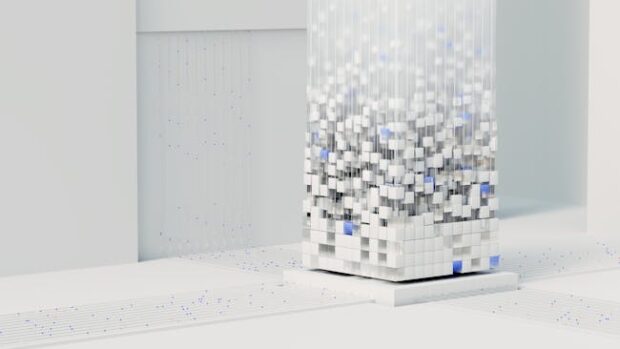luck9 OpenAI will launch deepfake detector soon
Artificial intelligence has greatly facilitated the creation of various scams. For exampleluck9, a panicked phone call from a loved one could be from an AI-generated voice.
Video evidence is becoming more dubious as people can use artificial intelligence to fake footage. In response, governments and companies have been developing ways to identify AI-made media.
READ: AI deepfakes and their deeper impacts
Article continues after this advertisementOpenAI, the company that sparked the AI boom, is building a deepfake detector to fight against online misinformation.
FEATURED STORIES TECHNOLOGY vivo launches V40 Lite with 5000mAh battery covered by 50-month warranty, starts at Php 13,999 TECHNOLOGY Galaxy Buds3 Pro: Delivering tailored sound wherever you go TECHNOLOGY Very mindful, very intuitive: ASUS’ most superior AI PC yet, the Zenbook S 14, empowers you to achieve more How does this deepfake detector work?OpenAI is releasing a tool designed to detect content created by its own image generator, DALL-E. The start-up said it would share its deepfake detector with a group of disinformation researchers so they could test the tool in real-world situations. https://t.co/adClzwokow
— The New York Times (@nytimes) May 7, 2024OpenAI announced its new tool on May 7, 2024. However, it only opened its use to a select group.
The testers include “research labs and research-oriented journalism nonprofits” that will provide feedback through the company’s Researcher Access Program.
Article continues after this advertisementThe deepfake detector predicts the likelihood that DALL-E 3, OpenAI’s earlier text-to-image model, created an image.
Article continues after this advertisementInternal testing shows high accuracy, correctly identifying 98% of DALL-E 3 images and mistaking less than 0.5% as non-AI generated pictures.
Article continues after this advertisementThe deepfake identification tool also maintains accuracy despite compression, cropping, and saturation changes.
Other modifications can reduce its performance. However, the current version has huge potential issues.
Article continues after this advertisementFor example, OpenAI only tested the deepfake detector with DALL-E 3, meaning it may not work against newer models.
People may also choose other third-party AI image-creation tools that may bypass the detector. Nevertheless, such tools are important in maintaining quality information on the Internet.
Subscribe to our daily newsletter

 Free stock photo from Pexels
Free stock photo from Pexels
There are no reliable AI image detectors at the time of writing. Stillluck9, you can identify AI-generated pictures with these steps from another Inquirer Tech article:
Read the title, description, and comments section. Search the title online to find duplicates and check the description for AI indicators. Also, the comments may mention the artist used AI. Check for AI art watermarks. Some AI image generators like DALL-E leave watermarks on their pictures, letting everyone know their origin. Look for odd-looking parts in the image. Some AI photos may have weird features, such as a blurred background, unreadable text, or misshapen faces. Use a GAN Detector for spotting AI art. Generative Adversarial Networks enable AI art creators to turn stored data into new content. Some online tools help you spot pictures from these networks. TOPICS: Artificial Intelligence, technology READ NEXT First-ever AI movie ‘Next Stop Paris’ releases trailer Katy Perry and Rihanna go viral with AI Met Gala gowns EDITORS' PICK VP Sara Duterte says she still sees Sen. Marcos as a 'friend' WPS: US missile deployment to PH key for combat readiness – US general SC issues TRO vs Comelec resolution on dismissed public officials LIVE UPDATES: Tropical Storm Kristine NBA: Nuggets give Aaron Gordon 4-year, $133M extension Marcos: PCG 'never alone' in mission to protect PH MOST READ SC issues TRO vs Comelec resolution on dismissed public officials Tropical Storm Kristine slightly intensifies; Signal No. 2 in 5 areas Walang Pasok: Class suspensions on Wednesday, Oct. 23 LIVE UPDATES: Tropical Storm Kristine View comments